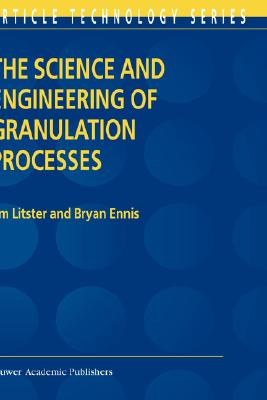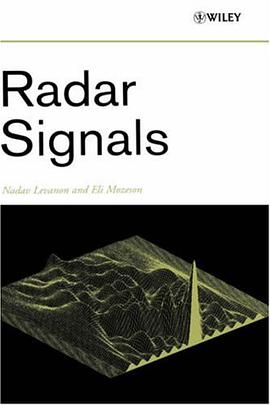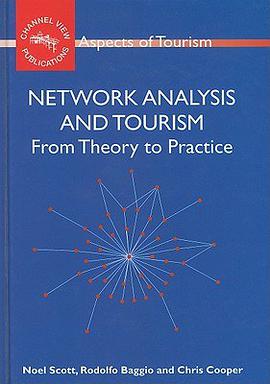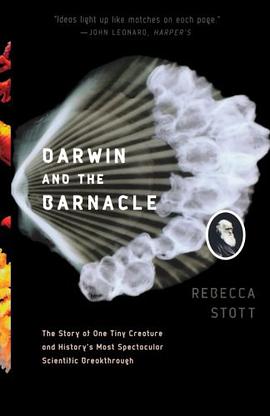

具体描述
Pearson-Nelson looks at the homicide epidemic of the late 1980s and early 1990s. His approach draws on epidemiological and sociological perspectives focused on the factors, positive and negative, related to the spread of the epidemic through urban areas. Key questions include: why did some cities experience the epidemic, while others did not? What variables affected the intensity and duration of the epidemic within cities? Pearson-Nelson finds that population density is the single most important variable. A measure of cocaine availability significantly affected the absolute magnitude of the epidemic; however, the findings indicate that greater cocaine availability actually reduced the magnitude of the epidemic.
作者简介
目录信息
读后感
评分
评分
评分
评分
用户评价
相关图书
本站所有内容均为互联网搜索引擎提供的公开搜索信息,本站不存储任何数据与内容,任何内容与数据均与本站无关,如有需要请联系相关搜索引擎包括但不限于百度,google,bing,sogou 等
© 2025 book.wenda123.org All Rights Reserved. 图书目录大全 版权所有




















